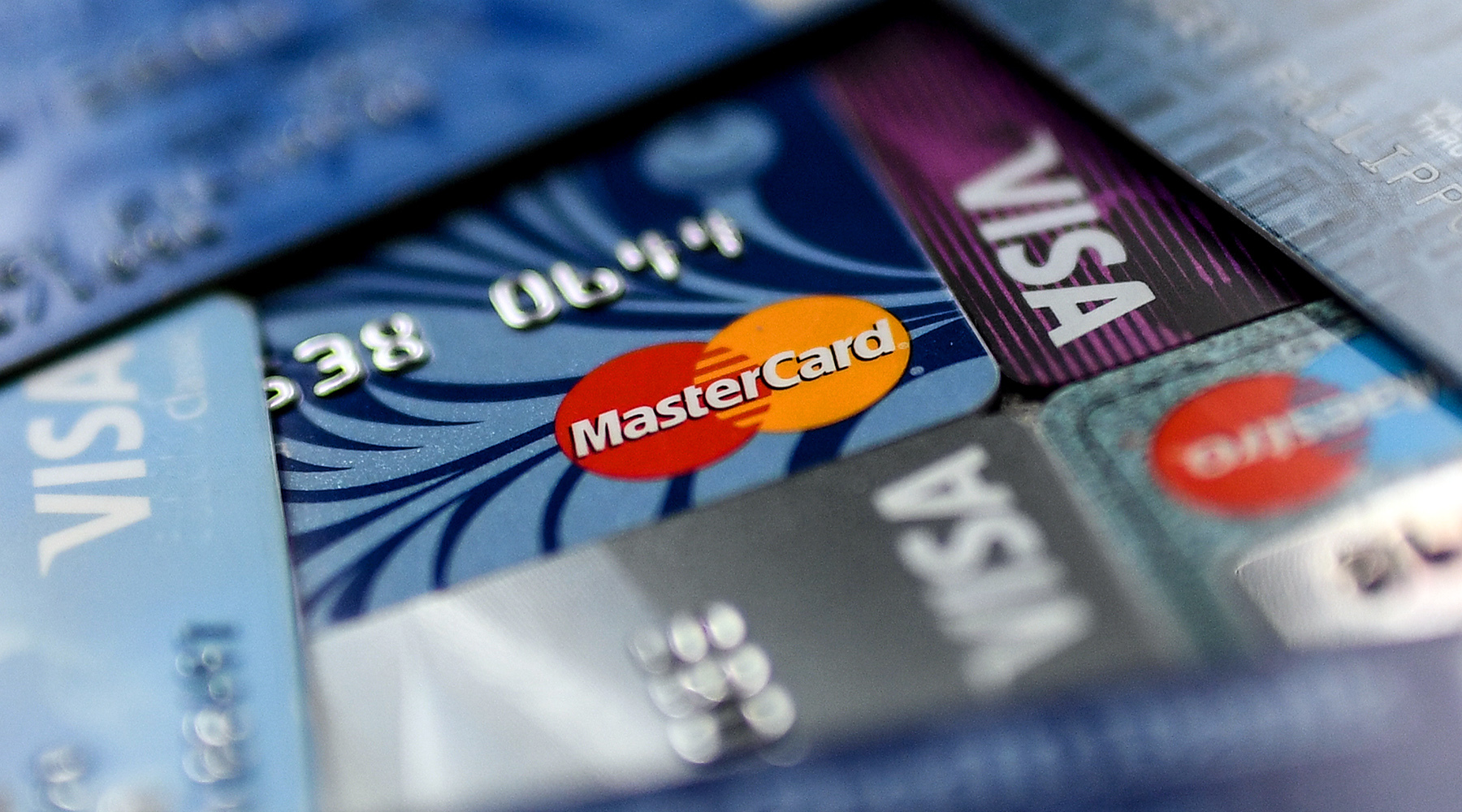From January to October 2020, the number of money transfers in Russia through the fast payment system (FPS) increased tenfold and reached 70 million. At the same time, the volume of transactions showed an almost ninefold increase and exceeded 517 billion rubles.
RT was told about this in the press service of the Central Bank.
“We see a steady increase in activity in the system.
This applies to both the number of transactions and their volume.
The average transfer throughout the year remains at the level of 7-9 thousand rubles, and 192 banks are currently connected to the system, ”the Central Bank added.
The increased popularity of instant payments among the population is also noted by credit organizations surveyed by RT.
For example, according to Promsvyazbank, since the beginning of the year, the monthly number of transfers in the system has increased from several tens to hundreds of thousands.
Rosbank stressed that the maximum volume of transactions using the SBP was recorded in October and was almost five times higher than in January.
At the same time, according to Alfa-Bank's estimates, the number of transactions increases by 15-20% every month.
“First of all, transfers by phone number are popular in Moscow, St. Petersburg, as well as in the Moscow and Leningrad regions,” the press service of Alfa-Bank stressed.
The fast payment system was launched in early 2019 and allows customers of different banks to instantly transfer funds by phone number.
At the same time, since May 1, 2020, Russians have been able to carry out relevant operations for up to 100 thousand rubles per month without commission.
“This favorably distinguishes the SBP from the transfer systems of the banks themselves, where a commission is charged.
Moreover, the Central Bank is connecting more and more financial organizations to the product.
As a result, customers can receive a demanded and convenient service not in one, but in a large number of credit institutions, and this creates an additional inflow of funds to various participants in the banking sector, "said Mark Goikhman, chief analyst of TeleTrade Group, to RT.
In addition, the sharp rise in phone transfers since early 2020 is partly due to the fallout from the coronavirus pandemic.
This point of view in a conversation with RT was expressed by Artyom Tuzov, executive director of the capital market department of Univer Capital.
According to him, under the conditions of quarantine restrictions, many Russians stopped paying for goods and services in cash.
“Moreover, some anti-epidemiological measures in the future will continue to play in favor of the growth of payments in the system.
More and more consumers will start transferring money to their loved ones through UBS and pay for purchases in the online trading segment to protect themselves from the risks of a pandemic, ”Tuzov added.
Note that the fast payment system allows you to pay for goods using special QR codes.
As specialists of Russian Standard Bank told RT, from January to October 2020, the total amount of such purchases increased 35 times.
“From October 1 to October 20, the number of purchases paid for by the QR code through the SBP increased by 530% compared to the same period of the previous month.
At the same time, the amount of user spending increased by 288%.
At the same time, the average check was 3185 rubles.
This method of payment is more convenient for clients, since it does not require entering the card details, ”the bank's press service explained.
RIA News
© Alexey Filippov
According to experts interviewed by RT, an increase in the number of transactions in the SBP may lead to a noticeable increase in the share of non-cash payments in Russia.
According to Mark Goikhman, in 2019 the corresponding figure was 64.7% and was significantly higher than in a number of European countries.
“For example, if in Sweden the share of non-cash in payments of the population is 98%, then in the Netherlands, Finland, Estonia it does not exceed 50%.
At the same time, I do not rule out that in the period 2020-2021, the indicator in Russia will continue to increase, ”the expert noted.
A similar assessment is held by the Central Bank.
As previously stated by the head of the regulator Elvira Nabiullina, by the end of 2020 in Russia, the share of non-cash payments in settlements may reach the maximum level for the entire observation period and exceed 70%.
Further growth of the indicator will be possible due to the development of contactless payment systems.
Alexey Karchazhkin, director of retail business at BCS Bank, spoke about this in an interview with RT.
According to him, now in most retail outlets you can pay using a smartphone, which allows transactions to be carried out faster, especially when making everyday purchases.
“Safety and freedom from looking for an ATM also play a role.
At the same time, the widespread introduction of loyalty programs that award bonuses, cashback and provide discounts for non-cash payments is a powerful driver of increasing the volume of non-cash payments, "Karchazhkin added.

